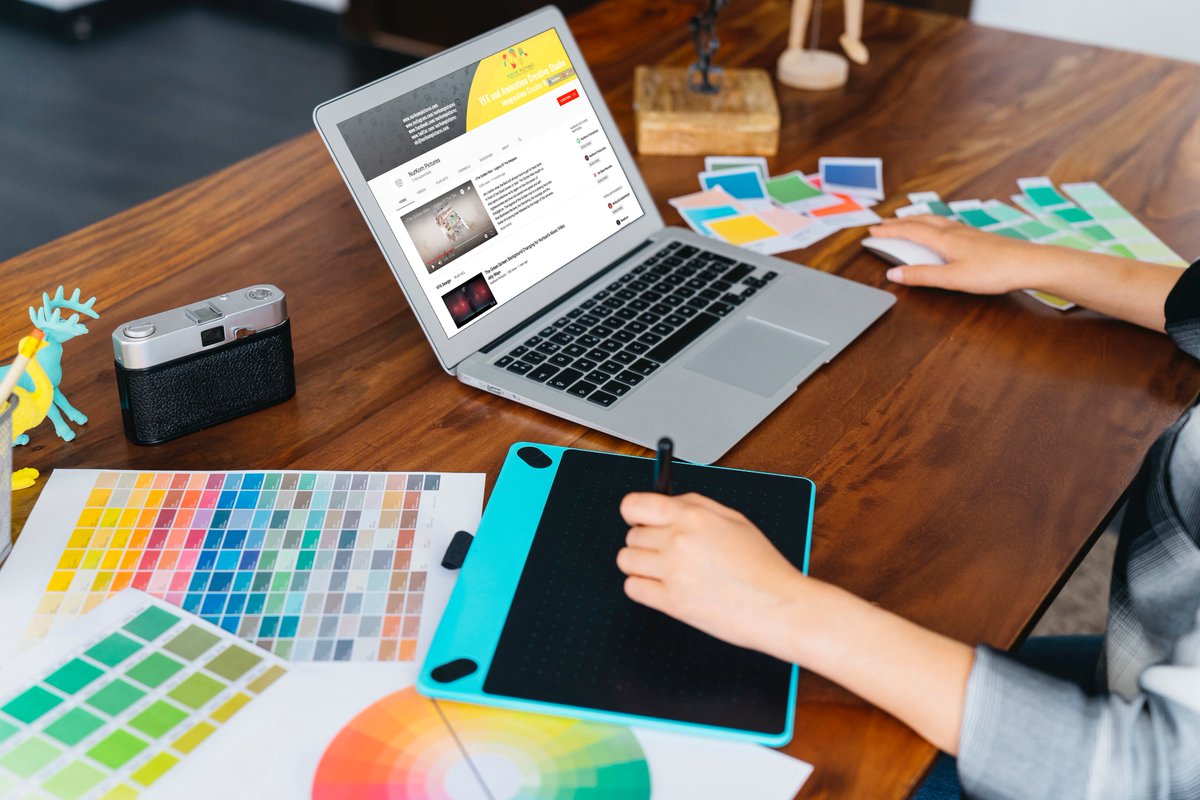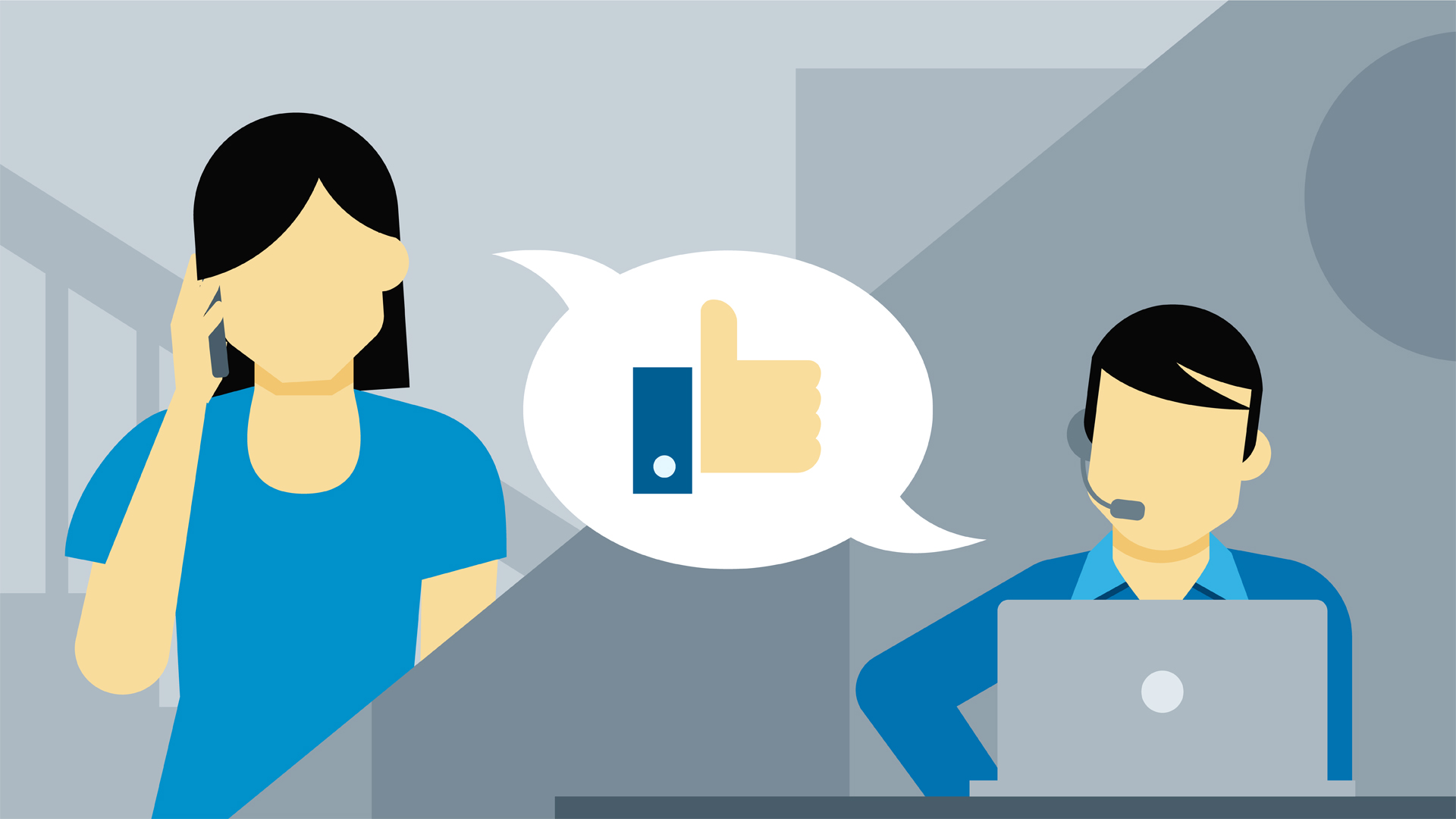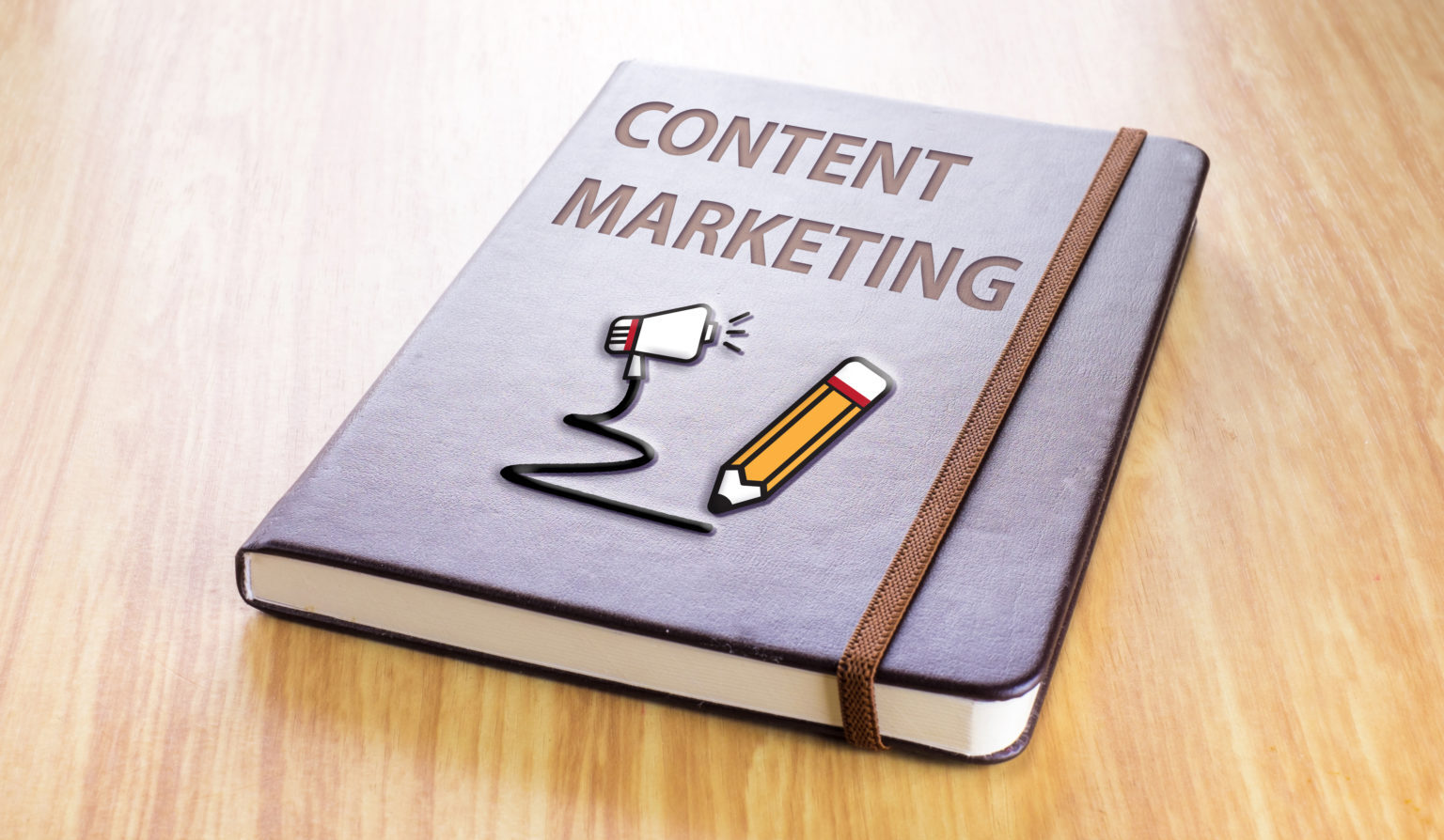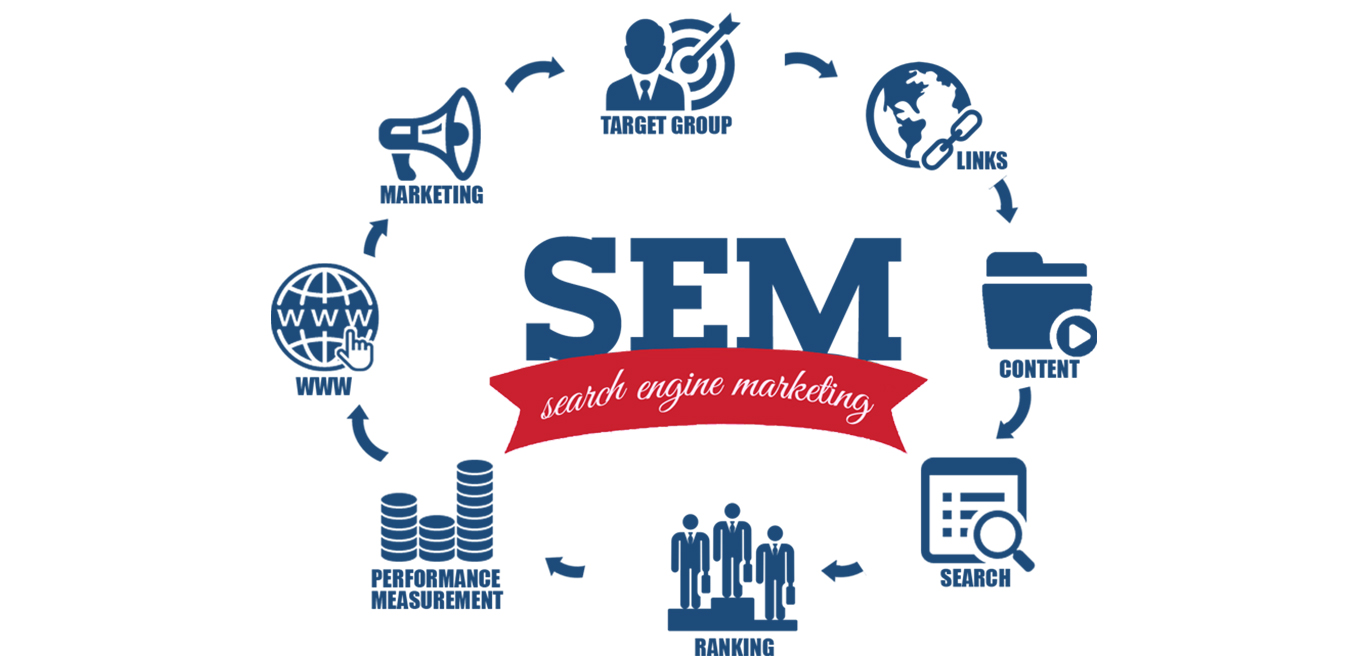If you want to stick in the memory and minds of your target group, you not only have to show them everywhere, but show them in a consistent and regular pattern every time as well.
Perhaps you see a line on a background of a certain color, and you involuntarily come to mind a certain entity or company, even if its name does not appear on the horizon. Like a white line on an orange or yellow background, maybe it’s McDonald’s; or on a fiery red background, it’s probably Coca-Cola or Vodafone; and so on.
This is because you are repeatedly exposed to this line in the same pattern; therefore, you have formed this bond, and this is exactly what you want it to be in the minds of your customers… They see a color, a line, or another visual element, and an image of you is automatically formed in their minds and represented in front of them.
They can predict your existence even without your company name, whether your project is a blog, an online or physical store, or even a physical product.
What is “visual identity”?
When it comes to building brands, what the customer or consumer sees is what they get. Or at least that’s what any consumer thinks in today’s crowded market.
What makes a company with a poor visual and marketing presence win his trust—aand his money? Perhaps he is thinking: If the company did not bother to take care of its entity and appearance, why should I expect it to care about respecting the trust that I will give it over other competitors, or at least to provide the service that I wish for?
Accordingly, what the customer sees is what is known as the “visual identity.” The “visual identity” is all the visual and pictorial inputs and information that express the personality and entity of the project and the elements that distinguish it from others. This information includes every actual element that the customer or consumer can see, such as an advertising slogan, interior design, banners, and others.
The elements and dimensions of the visual identity and the details of its development are usually detailed during the preparation of the brand design guide or brand style guide.
This template provides anyone working around the visual identity with the necessary guidelines to use it in the ideal way that maintains the coherence and harmony of the brand identity at any time and in any use.
Today, unlike at any other time, competition in the market is no longer limited to the nature of the product, its quality, and the efficiency of customer service alone, but rather to the visual distinction of the company and its ability to attract the attention of buyers.
This means that having an exceptional visual identity will create a lasting emotional impression in the minds of the consuming public. Even if the customer has not yet taken the step to buy, there is a strong motive and incentive formed in his mind. He has an idea of the nature of the product or service he was exposed to, which will remain stuck in his memory until he decides to buy later.
The important thing is that when he becomes a regular customer, he should find that all aspects of the company or project look and work in the same kind of harmony that created this urge to buy from the start.
The difference between visual identity and brand identity
The visual identity has an essential link with the brand identity, and it is an integral part of it. On the one hand, brand identity is the holistic expression of everything that makes a brand what it is. This includes non-visual elements such as the brand’s voice in content and advertisements, business principles, a mission statement, a vision, marketing activities, etc., as well as the visual factor, which is visual identity.

This means that the visual identity is part of a larger whole called the brand and its identity. You cannot imagine the success of a car whose equipment does not work efficiently just because it has an ingenious design! Everything works towards achieving one goal, which is to enhance the awareness and reputation of the brand in the minds of the targeted recipients.
In short, the design of the visual identity, even if it is part of the brand identity, includes different steps and processes and is supervised by designers and technical managers, in contrast to the brand identity, which is often supervised by marketers and corporate developers.
Conclusion: Brand identity describes how the brand looks from the inside, while visual identity expresses what the brand looks like from the outside.
Elements of visual identity
As we said, the visual identity is the visual language of the brand, whose individual elements, such as lines and colors, come together to build and convey meaning to the recipients.
To know what a visual identity is and how to implement it correctly, you must first know what the elements that make up this identity are and how they can work together or individually to communicate the big message that you want to communicate to your customers.
1) Graphics
The word graphics in visual identity means pictures that have been drawn or designed. These graphics or images can be as simple as shapes or systems. Think of the shape of a LEGO brick or a Coca-Cola bottle and how these shapes perfectly express the nature of the brands they represent.
Graphics can also be more complex, such as a promotional logo, icon or graphics.
2) Typography
Calligraphy or typography is the formation and design of texts within designs, and in this case, within a brand. There are countless types of fonts, and each type has its own unique effect on the reader and its readability in different visual media.
And while designing the visual identity, you can think about designing a linear advertising slogan (the “wordmark”) along the lines of the main title (the “headline”) and the structure (the “body”).
All these lines should be easy to read, the most important of which is the structure, as the recipient should know everything you want to communicate to him.
3) Color palette
Colors are among the most powerful and effective elements in creating a great visual and emotional impact for recipients. in no more than three colors, according to the advice of design experts.
Each color has certain shades, shades, and tints, each of which is used—alone or in combination—to express the brand, its message, and its personality.
This means that brands don’t just use red or blue, but Carmine or Tiffany blue.which means different shades of the original color.
Although the color palette is usually used first in the promotional logo, the colors should be used correctly and effectively for all materials and elements of the brand.

4) Imagery
Images include the brand’s visual content, such as photography and clips of company representatives and spokespeople who act as a vivid image of the brand in its advertising efforts.
When you implement a visual identity, you should use only those images that effectively represent the brand’s personality in front of its customers and nothing else.
That is, if your company is serious and reliable, choosing vibrant colors such as yellow and orange may not be the smartest thing to do. You can consider images as the closest visual element that connects you to your target audience. Because humans interact and empathize with human faces as they do, and they want to see their reflection in the brand they give their precious trust to.
That is, in this case, you should look for dark and dark color options, as well as colors with an elegant, classic feel, such as gold.
5) Physical brand assets
They are the tangible objects and materials that contribute to creating and documenting the visual identity of a brand on the ground.
It may not be needed by some brands that do not have a physical presence on the ground, unlike those projects that have headquarters, centers, branches, or even small kiosks.
These materials include the designs of storefronts and stores, uniforms for workers, especially those who deal directly with customers, cars and work crews, and even decoration supplies and small details such as linens, bags, and dining sets (especially in restaurants).
Read also: 10 great tips to increasing sales



